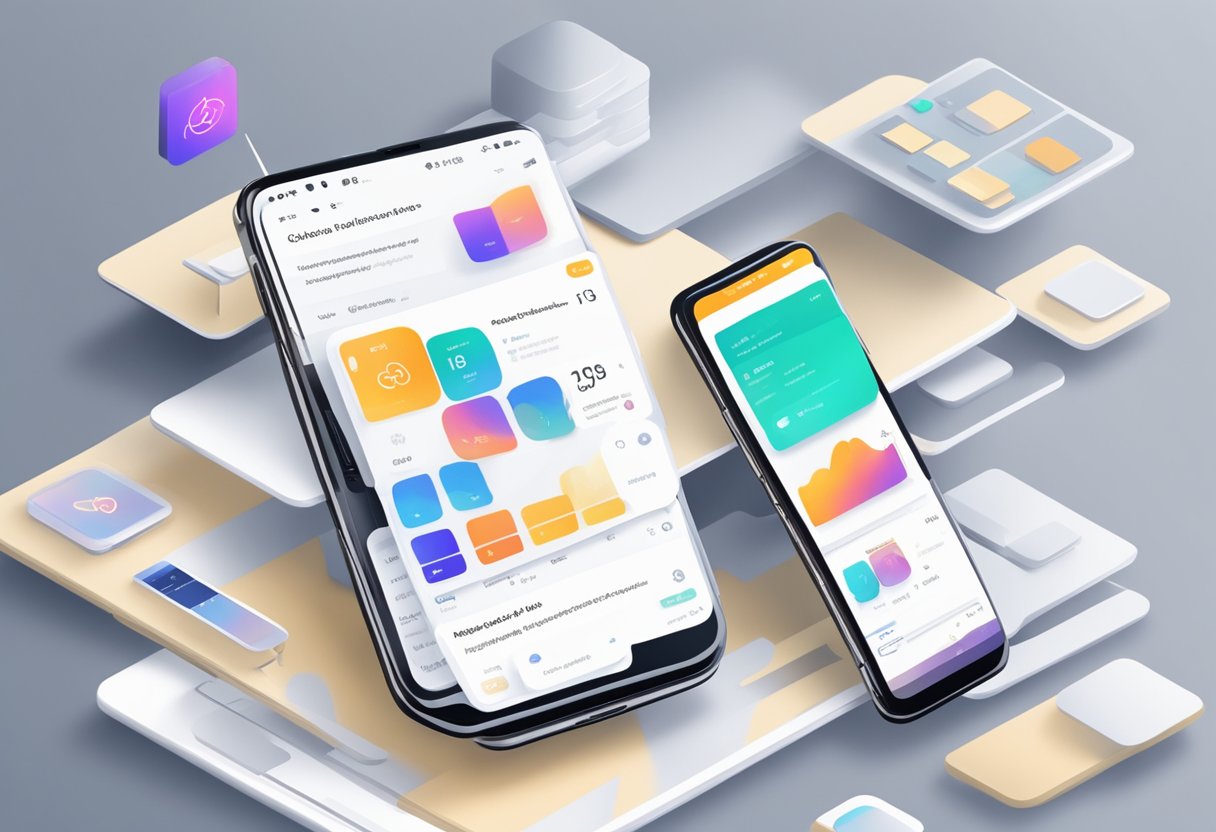React Native is a popular framework for building mobile applications that allows developers to write code once and deploy it on both iOS and Android platforms. However, as new versions of React Native are released, older devices may struggle to keep up with the increased demands of the updated code. This can lead to slower performance, crashes, and other compatibility issues that can negatively impact the user experience.

To address these challenges, developers need to optimize their React Native apps for older devices. This requires a deep understanding of the underlying hardware and software limitations of older devices, as well as strategies for improving compatibility without sacrificing performance or functionality. By implementing these strategies, developers can ensure that their apps run smoothly on a wide range of devices, improving user satisfaction and engagement.
In this article, we will explore some of the key strategies for optimizing React Native apps for older devices. We will discuss common compatibility issues that arise when running React Native on older devices, as well as best practices for improving performance, reducing memory usage, and ensuring that apps are compatible with a wide range of devices. Whether you are a seasoned React Native developer or just getting started, this article will provide valuable insights and practical tips for improving compatibility and performance on older devices.
Índice De Conteúdo
Understanding Device Limitations

When optimizing React Native apps for older devices, it is important to understand the limitations of these devices. By doing so, developers can create strategies that improve compatibility and performance for these devices.
Hardware Constraints
Older devices may have limited hardware capabilities, such as slower processors, less memory, and lower screen resolutions. These constraints can impact the app’s performance, causing it to load slowly or crash frequently. To optimize the app for these devices, developers can adjust the app’s features and functionality to work within the device’s hardware limitations. This may involve reducing the number of animations, simplifying the user interface, or optimizing the app’s code.
Operating System Variations
Older devices may also be running outdated operating systems that are no longer supported by the app. This can lead to compatibility issues, as the app may not function properly or may not be able to access certain features. To address this, developers can create strategies that ensure the app is compatible with a wide range of operating systems, including older versions.
Network Conditions and Connectivity
Older devices may have limited connectivity options, such as slower internet speeds or unreliable Wi-Fi connections. This can impact the app’s ability to load content quickly and efficiently. To optimize the app for these devices, developers can implement strategies that reduce the app’s reliance on network connectivity. This may involve caching data locally, reducing the number of network requests, or optimizing the app’s code to load content more efficiently.
By understanding these device limitations, developers can create strategies that ensure their React Native apps are compatible with older devices. This can improve the app’s performance, reduce the likelihood of crashes, and ensure a better user experience for all users.
Optimization Techniques
Optimizing React Native apps for older devices is a crucial step in ensuring that your app is compatible with a wide range of devices. Here are some optimization techniques that can help improve compatibility:
Performance Profiling
Performance profiling is the process of measuring the performance of your app and identifying areas that need improvement. It is essential to identify and fix performance issues to ensure that your app runs smoothly on older devices. There are several performance profiling tools available for React Native, such as React Native Debugger and Flipper.
Efficient Code Practices
Efficient code practices can help reduce the load on the device and improve the app’s performance. Some of the practices include using pure components, avoiding unnecessary re-renders, and reducing the number of API calls.
Reducing Bundle Size
Reducing the bundle size is crucial for improving the app’s performance on older devices. You can reduce the bundle size by using dynamic imports, code splitting, and removing unused code.
UI and Layout Optimization
UI and layout optimization can help improve the app’s performance by reducing the number of elements that need to be rendered. You can optimize your app’s UI and layout by using FlatList and VirtualizedList instead of ScrollView and by using Flexbox for layout.
Memory Management
Memory management is crucial for ensuring that your app runs smoothly on older devices. You can optimize memory usage by using the useMemo and useCallback hooks, avoiding unnecessary object creation, and using the shouldComponentUpdate lifecycle method.
In conclusion, optimizing React Native apps for older devices requires a combination of efficient code practices, bundle size reduction, UI and layout optimization, and memory management. By implementing these optimization techniques, you can improve your app’s compatibility and ensure that it runs smoothly on a wide range of devices.


1 comentário em “Optimizing React Native Apps for Older Devices: Strategies for Improved Compatibility”